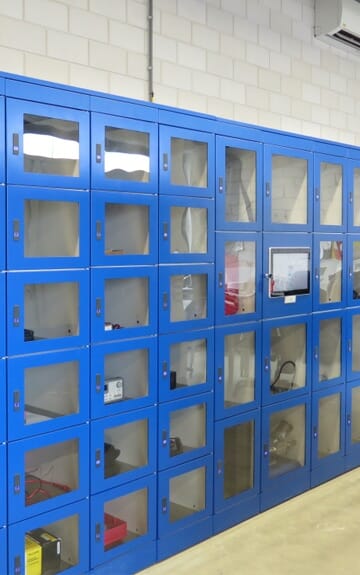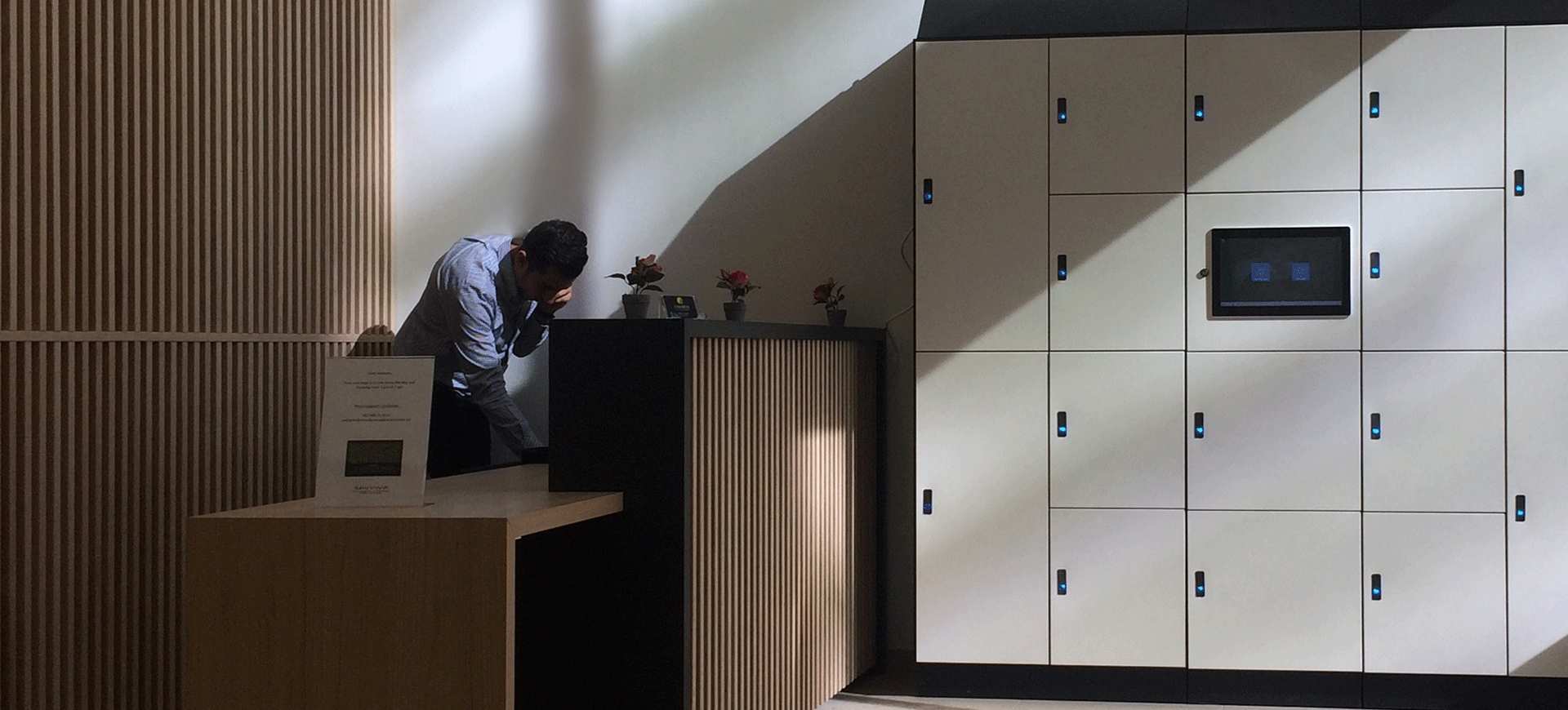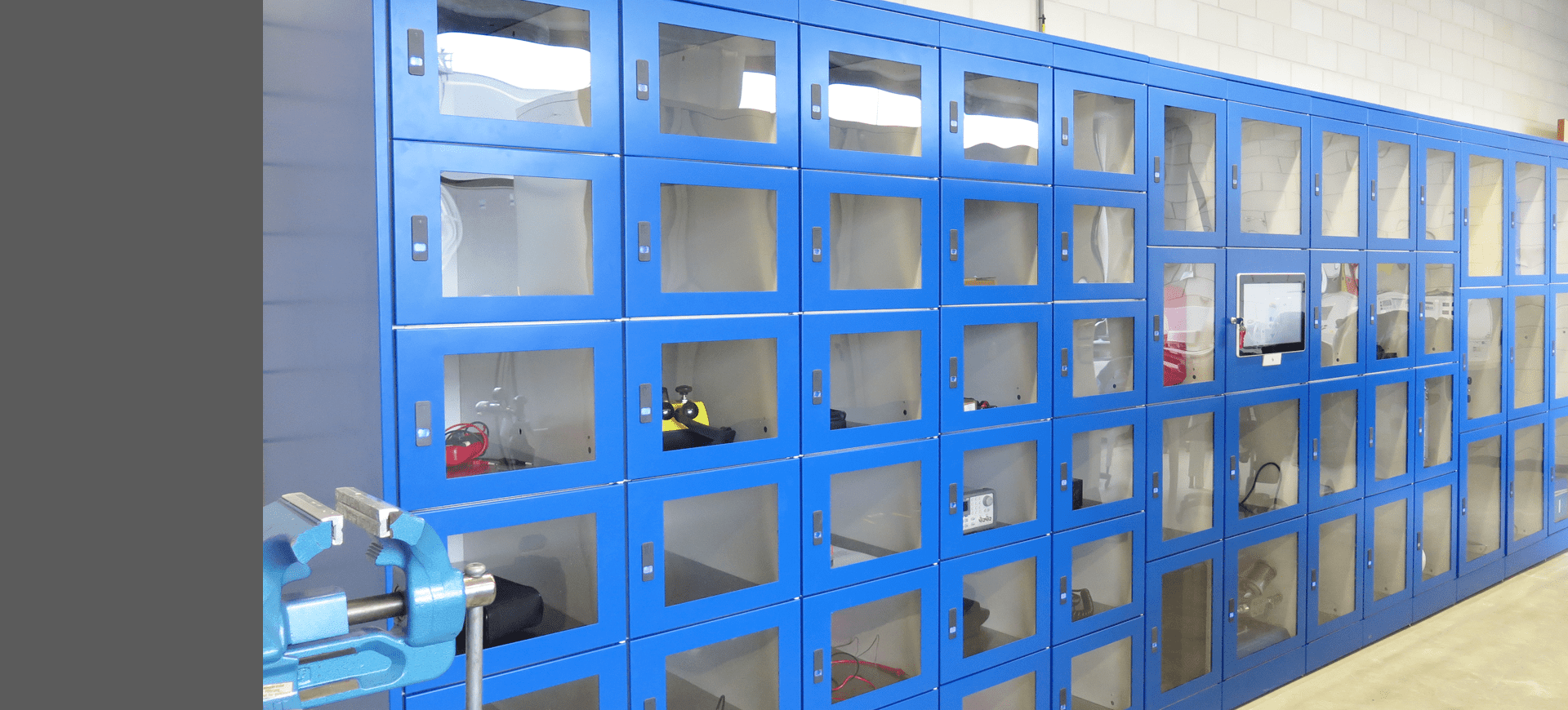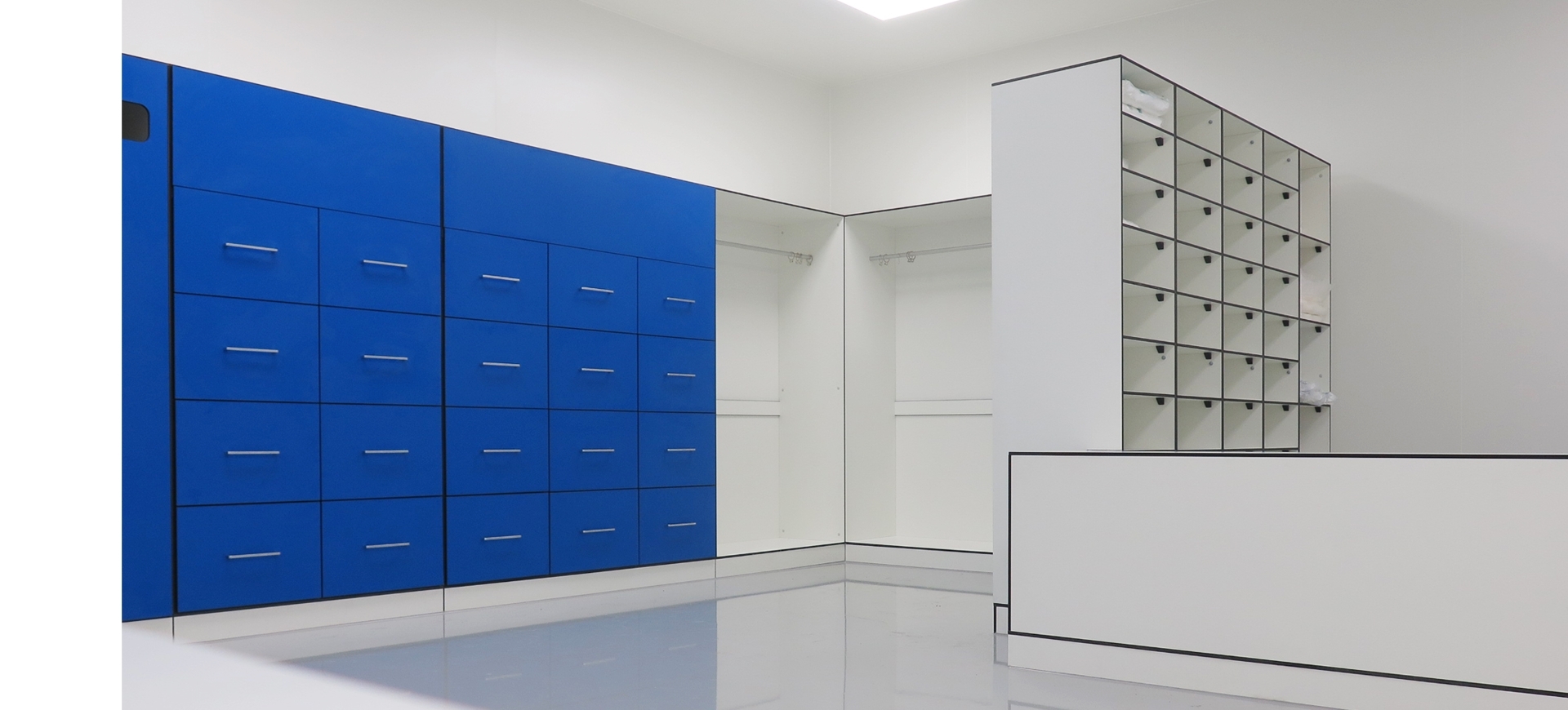In today’s fast-paced world, where information is constantly being generated and resources need to be managed efficiently, investing in storage solutions has become more crucial than ever. From small businesses to large corporations, the importance of proper storage cannot be understated. It not only helps in organizing and accessing vital data and resources but also plays a significant role in improving organizational efficiency and productivity.
Understanding the Importance of Storage Solutions
Storage solutions act as the backbone of any organization, providing a centralized location for storing and retrieving valuable assets. Whether it’s physical storage for documents and equipment or digital storage for data and files, having a well-designed storage system in place allows businesses to streamline their operations and focus on what they do best.
When it comes to physical storage, organizations often face the challenge of managing an ever-increasing amount of paperwork. From invoices and contracts to employee records and customer files, the need for efficient storage solutions becomes paramount. By implementing a system that categorizes and organizes these documents, businesses can save valuable time and resources that would otherwise be wasted searching for misplaced or lost files.
Similarly, digital storage solutions are essential in today’s technology-driven world. With the exponential growth of data, organizations must find ways to store and manage vast amounts of information securely. From customer databases and financial records to marketing materials and product information, having a reliable digital storage system ensures that data is easily accessible, protected, and backed up.
The Role of Storage in Organizational Efficiency
Efficiency is the key to success in any organization, and storage solutions play a fundamental role in achieving it. By providing a structured and organized way of storing essential resources, storage solutions enable employees to quickly locate the information and materials they need, resulting in enhanced productivity and reduced downtime.
Imagine a scenario where an employee needs to retrieve a specific document for an important meeting. Without an efficient storage system in place, they would have to spend valuable time rummaging through piles of paper or searching through multiple folders on their computer. This not only wastes time but also leads to frustration and decreased productivity.
On the other hand, with a well-designed storage solution, employees can easily access the required information with just a few clicks or a quick search. This not only saves time but also allows employees to focus on more critical tasks, leading to improved efficiency and overall organizational success.
Impact of Storage Solutions on Space Management
In addition to streamlining operations, storage solutions also have a significant impact on space management. With proper storage solutions in place, organizations can optimize their physical space usage, eliminating clutter and maximizing available areas. This not only creates a more pleasant and efficient working environment but also allows for future growth and expansion.
Physical storage solutions, such as shelving units and filing cabinets, help businesses make the most of their office space. By utilizing vertical space and implementing a systematic approach to storing physical assets, organizations can free up valuable floor space and create a more organized and visually appealing workspace.
Furthermore, digital storage solutions eliminate the need for physical storage space altogether. By transitioning to cloud-based storage systems, businesses can reduce the reliance on physical servers and hardware, freeing up office space for other purposes. This flexibility in space management allows organizations to adapt to changing needs and accommodate future growth without the constraints of physical storage limitations.
In conclusion, storage solutions are vital for any organization looking to enhance efficiency, streamline operations, and optimize space management. Whether it’s physical or digital storage, implementing a well-designed system enables businesses to effectively store and retrieve valuable assets, leading to improved productivity, reduced downtime, and a more organized working environment.
Types of Storage Solutions
Storage solutions come in various forms, catering to different types of resources and requirements. Understanding these options can help businesses choose the most suitable solution for their unique needs.
When it comes to storage solutions, there is a wide range of options available, each offering its own set of advantages and benefits. In addition to the traditional physical storage solutions, businesses now have the option to utilize digital storage solutions, which have gained immense popularity in today’s digital age.
Physical Storage Solutions
Physical storage solutions encompass traditional methods such as cabinets, shelves, and racks. These solutions are ideal for storing physical documents, supplies, and equipment. By organizing and categorizing items in a systematic manner, businesses can easily locate and access what they need, leading to improved productivity and reduced waste of time.
One of the advantages of physical storage solutions is the tangible nature of the items being stored. This allows businesses to have a physical presence of their resources, making it easier to assess and manage inventory. Additionally, physical storage solutions provide a sense of security, as businesses can physically lock and secure their storage units, ensuring the safety of their valuable assets.
Furthermore, physical storage solutions offer flexibility in terms of customization. Businesses can choose from a variety of storage options, such as cabinets with adjustable shelves or racks with different compartment sizes, allowing them to tailor the storage solution to their specific needs.
Digital Storage Solutions
In today’s digital age, digital storage solutions have gained immense popularity. These solutions utilize cloud-based systems, servers, and electronic databases to store and manage digital files, data, and information. With the ability to access files from anywhere and collaborate in real-time, digital storage solutions enhance efficiency and streamline workflow processes.
One of the key advantages of digital storage solutions is the ability to store vast amounts of data in a compact and easily accessible format. Businesses can now store terabytes of information on servers or in the cloud, eliminating the need for physical storage space and reducing the risk of physical damage or loss.
Moreover, digital storage solutions offer advanced features such as data encryption and backup options, ensuring the security and integrity of stored information. Businesses can also implement access controls and permissions, allowing them to restrict or grant access to specific individuals or teams, enhancing data privacy and confidentiality.
Additionally, digital storage solutions enable businesses to implement automated processes for data organization and retrieval. With the use of metadata and search functions, businesses can quickly locate and retrieve specific files or information, saving valuable time and effort.
Furthermore, digital storage solutions facilitate seamless collaboration among team members, regardless of their physical location. With the ability to share and edit files in real-time, businesses can improve communication and productivity, enabling efficient teamwork and project management.
Overall, the choice between physical and digital storage solutions depends on the specific needs and requirements of businesses. While physical storage solutions offer a tangible and customizable approach, digital storage solutions provide flexibility, scalability, and advanced features that cater to the demands of the digital era. By understanding the advantages and benefits of each option, businesses can make informed decisions and implement the most suitable storage solution for their organization.
Financial Advantages of Storage Solutions
Investing in storage solutions not only enhances operational efficiency but also offers compelling financial benefits for businesses.
While implementing storage solutions requires an upfront investment, it proves to be cost-effective in the long run. By minimizing the risk of lost or misplaced resources, businesses can avoid costly rework and duplicate purchases. Moreover, with optimal space utilization, companies can avoid the need for additional office space, resulting in significant cost savings.
Long-Term Financial Benefits
Storage solutions also contribute to long-term financial benefits. By organizing and securing valuable assets, businesses can protect their data, reduce the risk of loss or damage, and strengthen their overall business continuity. This not only helps maintain client trust but also saves considerable costs associated with data recovery and downtime.
Enhancing Productivity with Storage Solutions
One of the primary goals of investing in storage solutions is to enhance productivity across all levels of an organization.
Streamlining Operations through Organized Storage
By providing a well-organized storage system, businesses can streamline their operations and save valuable time searching for resources. Employees can easily access the items they need, allowing them to focus on their core tasks. This leads to increased efficiency, improved employee morale, and ultimately, higher productivity levels.
Time-Saving Aspects of Effective Storage
In addition to streamlining operations, effective storage solutions save time in various ways. With proper labeling and categorization, employees can quickly identify and retrieve resources, reducing the time spent on searching and sorting. Time is a precious commodity, and investing in storage solutions helps businesses reclaim it for tasks that truly add value.
Storage Solutions and Sustainability
As businesses strive to become more environmentally conscious, storage solutions offer opportunities to contribute to sustainability efforts.
Eco-Friendly Storage Options
Many storage solutions are designed with sustainability in mind. Utilizing environmentally friendly materials, such as recycled plastics and sustainable wood, businesses can reduce their carbon footprint and support responsible manufacturing practices. Moreover, proper storage prevents damage and extends the lifespan of resources, promoting a circular economy mindset.
Efficient storage solutions enable businesses to minimize waste and optimize resource usage. By reducing clutter and implementing systematic inventory management, organizations can avoid unnecessary purchases and make the most out of their existing resources. This not only saves money but also contributes to a more sustainable future.
Investing in storage solutions is no longer just an option – it is a necessity. By understanding the importance and benefits of storage, businesses can unlock their full potential, maximize productivity, and contribute to a sustainable and prosperous future.





